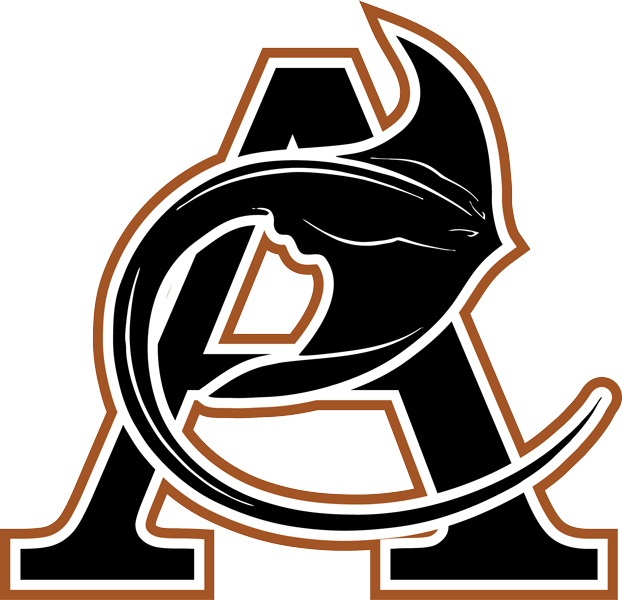Science Laboratory Safety & Chemical Usage Guidelines
Commitment to Safety in Our Science Labs
At Atlantic Coast High School, the safety of our students is our top priority. Our Science Department is committed to ensuring a secure and engaging learning environment where students can explore scientific principles through hands-on experiences. To uphold the highest safety standards, all students must adhere to our Science Laboratory Safety and Chemical Usage Guidelines.
At the beginning of each school year, a Lab Safety Permission Slip is sent home for parents/guardians to review and sign, ensuring that both students and families understand our safety expectations before participating in lab activities.
Lab Safety Expectations
Preparing for Laboratory Work
Review lab procedures before class.
Perform only authorized experiments.
Keep work areas clear of clutter (no personal belongings on the lab bench).
Familiarize yourself with emergency equipment (eye wash station, fire blanket, safety shower).
Follow all posted safety signs, warnings, and symbols.
Conduct experiments in the designated order.
No eating, drinking, or horseplay in the lab.
Always work under teacher supervision.
Do not remove chemicals or equipment from the lab without permission.
Proper Laboratory Attire
Tie back long hair to prevent accidents.
Avoid loose or baggy clothing; roll up loose sleeves.
Wear closed-toe shoes (no sandals or open-toed shoes).
Lab coats are required during all lab sessions.
Safety goggles must be worn at all times (except during pre-lab discussions).
Use gloves when handling chemicals that may irritate or be absorbed through the skin.
Contact lenses should not be worn in the lab due to chemical exposure risks.
Chemical Handling & Hazard Prevention
Never taste or inhale chemicals.
Use pipettes properly—never draw materials by mouth.
When heating substances in a test tube, point the opening away from people.
Keep combustibles away from open flames.
Handle hot glassware with caution.
When diluting acid, always add acid to water (never the reverse).
Only teachers should insert glass tubing through stoppers.
Turn off burners when not in use.
Keep reagent bottle caps secure and avoid switching them between containers.
Cleaning Up After Lab Work
Dispose of chemicals according to teacher instructions.
Wash hands thoroughly after handling chemicals.
Ensure the lab bench is clean and organized before leaving.
In Case of an Accident
Report any spills or accidents to the teacher immediately.
Dispose of broken glass properly using gloves and designated containers.
Flush skin with water immediately if exposed to acids, bases, or other chemicals.
If chemicals enter the eyes, rinse for at least 15 minutes at the eyewash station.
Student Agreement
To ensure a safe and productive learning environment, each student is required to acknowledge and agree to the following:
By signing the Lab Safety Permission Slip, the student agrees to:
✔ Follow all teacher instructions.
✔ Protect their eyes, face, hands, and body during laboratory work.
✔ Conduct themselves responsibly at all times.
✔ Adhere to all laboratory safety guidelines.
🚨 Failure to comply with lab safety procedures may result in disciplinary action, exclusion from lab activities, and/or a reduction in grade.
Parental Acknowledgment
At the start of the school year, parents/guardians receive a Lab Safety Permission Slip, which must be signed and returned before students can participate in any laboratory activities. This ensures that families are aware of safety expectations and the importance of maintaining a secure learning environment.
🔬 We appreciate the cooperation of students and parents in making our science labs a safe and enriching space for learning!
